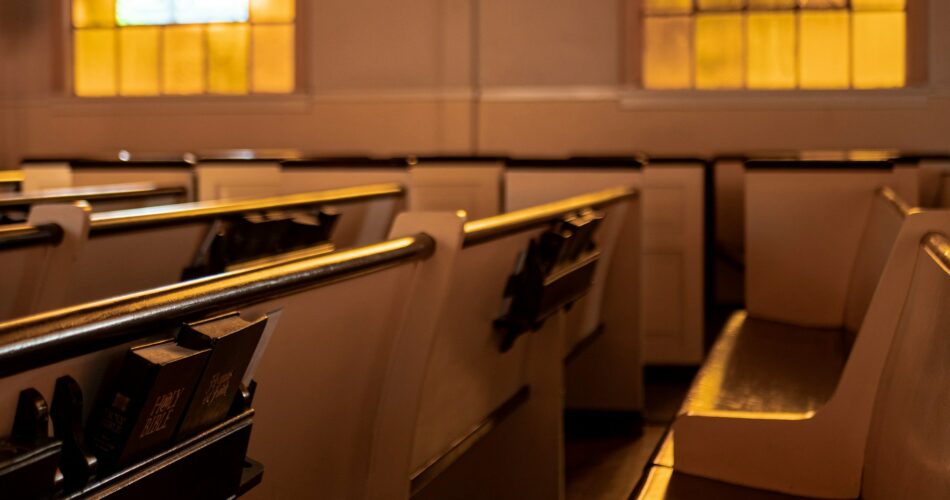There is a huge divide.
An insightful analysis sheds light on the divergent views held by American Catholics regarding key issues of sanctity of life, revealing a significant departure from traditional church teachings. Research conducted by Ryan Burge, an associate professor of political science at Eastern Illinois University, delves into the phenomenon of “cafeteria Catholics,” individuals who selectively embrace certain aspects of Catholic doctrine while disregarding others.
Burge’s inquiry was prompted by remarks from Cardinal Wilton Gregory of the Roman Catholic Archdiocese of Washington, who labeled President Joe Biden as a “cafeteria Catholic,” implying a selective adherence to church teachings. This characterization resonated with Burge, prompting him to explore the extent of divergence among Catholics in the United States.
Examining data from the General Social Survey spanning several decades, Burge found that less than 1% of American Catholics fully align with the church’s positions on abortion, capital punishment, and euthanasia. This stark contrast underscores the prevalence of dissent within the Catholic community regarding these sensitive moral issues.
The trajectory of Catholic opinion on abortion is particularly noteworthy, with a notable shift in attitudes over time. While historical data reflects a predominantly conservative stance among Catholics on abortion, recent trends indicate a significant increase in support for legal abortion under certain circumstances, such as cases involving a woman’s autonomy or health concerns.
Similarly, attitudes toward capital punishment among Catholics have fluctuated, with a majority historically supporting its use, despite the church’s unequivocal opposition to the death penalty. The data reveals a gradual decline in support for capital punishment in recent years, albeit with a significant portion of Catholics still endorsing it.
In the realm of euthanasia, Burge observes a marked increase in support among American Catholics for assisted suicide in cases of terminal illness. This trend contradicts the Catholic Church’s stance against euthanasia, highlighting a divergence between doctrinal teachings and popular opinion within the faith community.
Burge’s analysis also contextualizes the phenomenon of selective adherence within the broader landscape of religious belief in America. He contrasts the inconsistencies observed among Catholics with similar trends among Evangelicals, illustrating a broader pattern of divergence from doctrinal orthodoxy across religious denominations.
Ultimately, Burge’s research offers valuable insights into the complex interplay between religious doctrine, individual belief, and societal attitudes. By illuminating the nuances of belief within the Catholic community, it prompts critical reflection on the evolving nature of faith and moral conviction in contemporary society.
